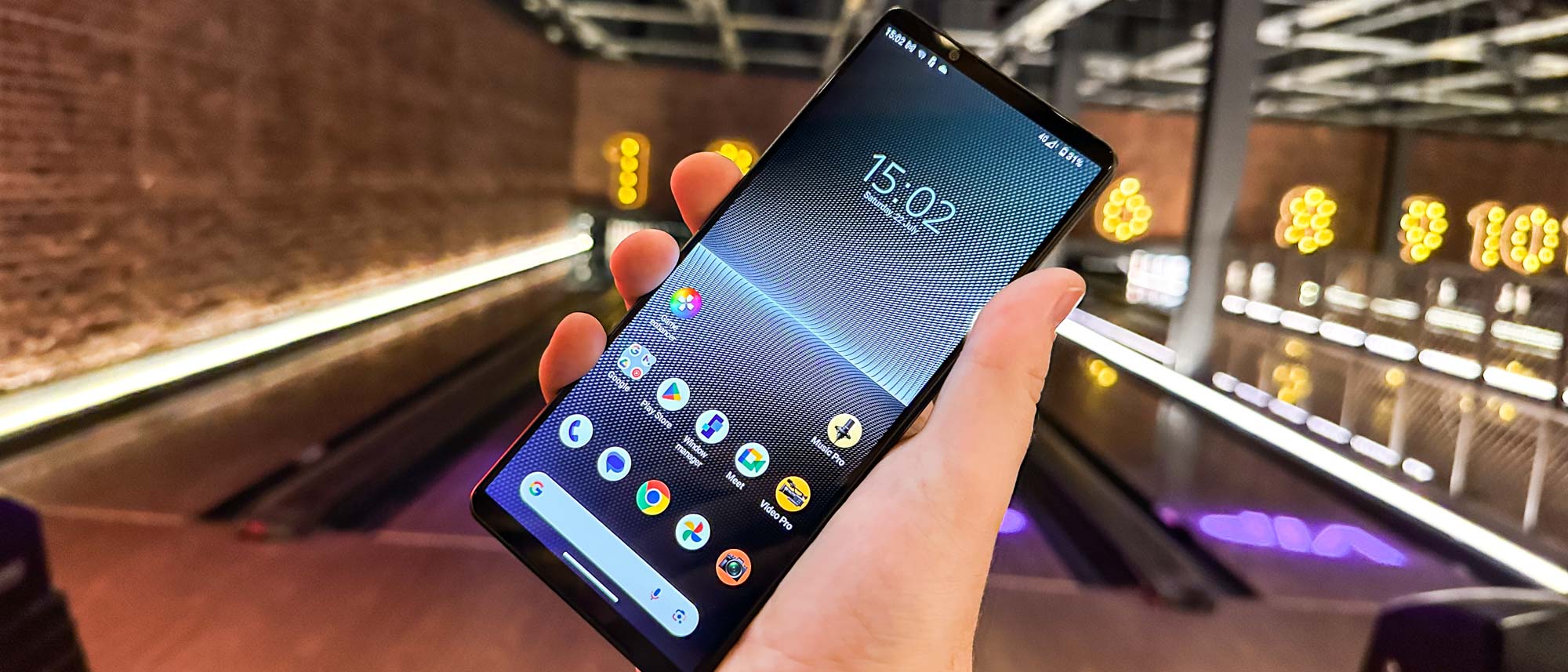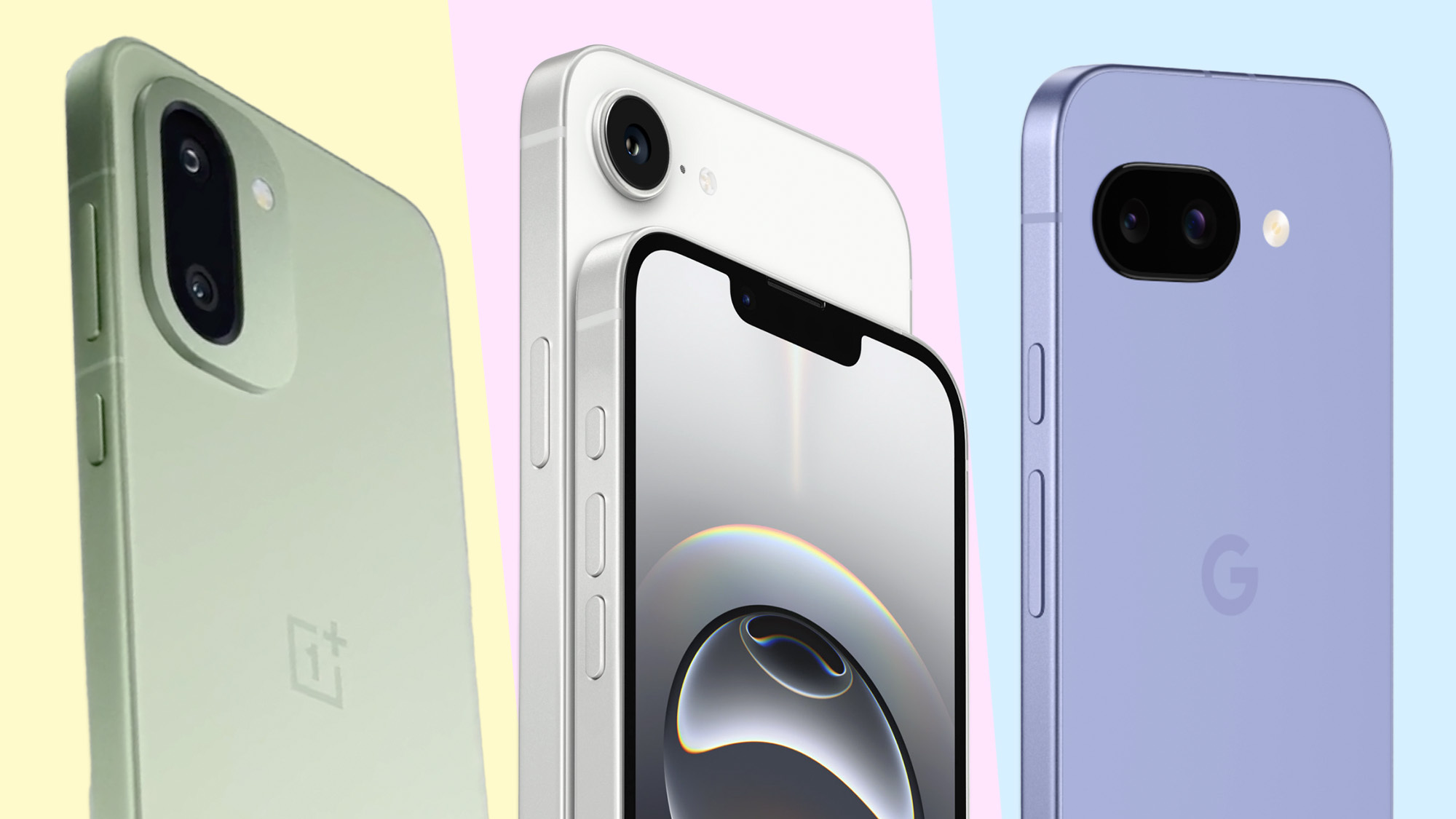Tom's Guide Verdict
Those who want to control every aspect of their photography may appreciate the Sony Xperia 1 V, but others will find the default images too flat looking for a phone that costs more than top camera phones like the Galaxy S23 Ultra or iPhone 14 Pro.
Pros
- +
Amazing level of control over photo/video capture
- +
Unique variable zoom camera
- +
Comfortable design with tall and skinny screen
- +
Still offers microSD and headphone jack support
Cons
- -
Default images are unimpressive
- -
More expensive than rival flagship phones
- -
Fingerprint sensor still unreliable
Why you can trust Tom's Guide
There's one thing to focus on when talking about the Sony Xperia 1 V — what kind of photos are produced by this camera-focused phone. How you respond to those images will tell you all you need to know about whether this is a phone you'll want to buy.
On paper, things sound great. The Xperia 1 V features a 48MP main camera along with 12MP ultrawide, telephoto and selfie cameras. But despite flagship-worthy specs, the comparison with other leading camera phones like the Samsung Galaxy S23 or iPhone 14 Pro Max is striking.
There's more to the Xperia 1 V than just its cameras, and we'll get into that as well. But photography is more important to this phone than your average flagship, and soon you'll see why.
Sony Xperia 1 V review: Price and availability
First though, some basic details on this Sony flagship. The Xperia 1 V is available for purchase right now, costing $1,399/£1,299/AU$1,995 for its standard 256GB model in your choice of Black, Khaki Green or Platinum Silver colorways.
That's on the pricey side even for a flagship smartphone, with even a Galaxy S23 Ultra or iPhone 14 Pro Max coming in a few hundred dollars or pounds cheaper. For the same price as you'd pay for the Sony, you could get a 512GB capacity iPhone 14 Pro Max, or a 512GB Galaxy S23 Ultra with $200 left over for accessories, snacks or whatever else you fancy buying.
So with that admin out of the way, here are those photos I was talking about.
Sony Xperia 1 V review: Cameras
In a word, the photos you get from the Xperia 1 V are flat. It didn't matter what lens I tested or whether I compared the Xperia's photos to ones taken by the Galaxy S23 Ultra or the iPhone 14 Pro Max (two of the best camera phones around). Time and time again, the Sony shots lacked the vibrancy that most other smartphones provide with their shots.
Get instant access to breaking news, the hottest reviews, great deals and helpful tips.
It was already a cloudy day at Battersea when I walked up to the old power plant, but this ultrawide shot of the north entrance makes the sky look even more foreboding than it actually was. The iPhone's shot is a more honest impression of how things looked through my own eyes, although it's still perhaps a little too bright to be a completely honest depiction of the scene.
Similarly, this scale model of Battersea Power Station within the power plant itself looks drab through Sony's lens. The iPhone makes things look much brighter (and more yellow thanks to the nearby lighting).
It's not just color where the Sony phone tends to underplay things. The patina of the metal components of this old bus reactor, left on display in the power station, pops far better in the iPhone's shot than the Sony's.
Again, I think you can argue that the iPhone's taken things too far with how bright the highlights of the shot are, but the details that suddenly pop up when swapping from the Xperia image to the iPhone image is almost as dramatic as when I take my glasses on and off.
Then we come to this incredibly washed-out selfie shot. The Xperia does keep up with the iPhone with the quality of its bokeh, but it's a very muted image overall. Plus, the highlights are blown out too — just look at where the sun falls on the top of my head.
Looking at the two southern cooling towers, the Sony offers a brighter image than the Samsung. But the Galaxy S23 Ultra helps the towers pop more from the background with greater contrast in its image.
This more zoomed-in view of a cooling tower understandably looks better through the Galaxy S23 Ultra's cameras, thanks to Samsung's superior zoom capabilities. The Xperia has to rely on digital zoom to make it to 10x zoom while the Samsung natively offers 10x zoom through one of its two telephoto cameras.
The flatness of the Xperia's images is particularly obvious in this main camera shot of a London Underground roundel. While I like being able to focus on the roundel itself, it's strange how you barely see any reflection in the bottom portion of the Sony shot like you do with the S23 Ultra.
Sony Xperia 1 V Review: Pro photo features
You should now have a good idea of the kind of photos the Xperia can take. So it's time to pull back the curtain.
All of the photos taken with the Xperia 1 V were taken in the camera app's Basic mode, the equivalent of the point-and-shoot photography experience you get on most smartphones (even those with "pro" modes like the iPhone 14 Pro's ProRAW toggle, or the Galaxy S23 series' ExpertRAW stand-alone app).
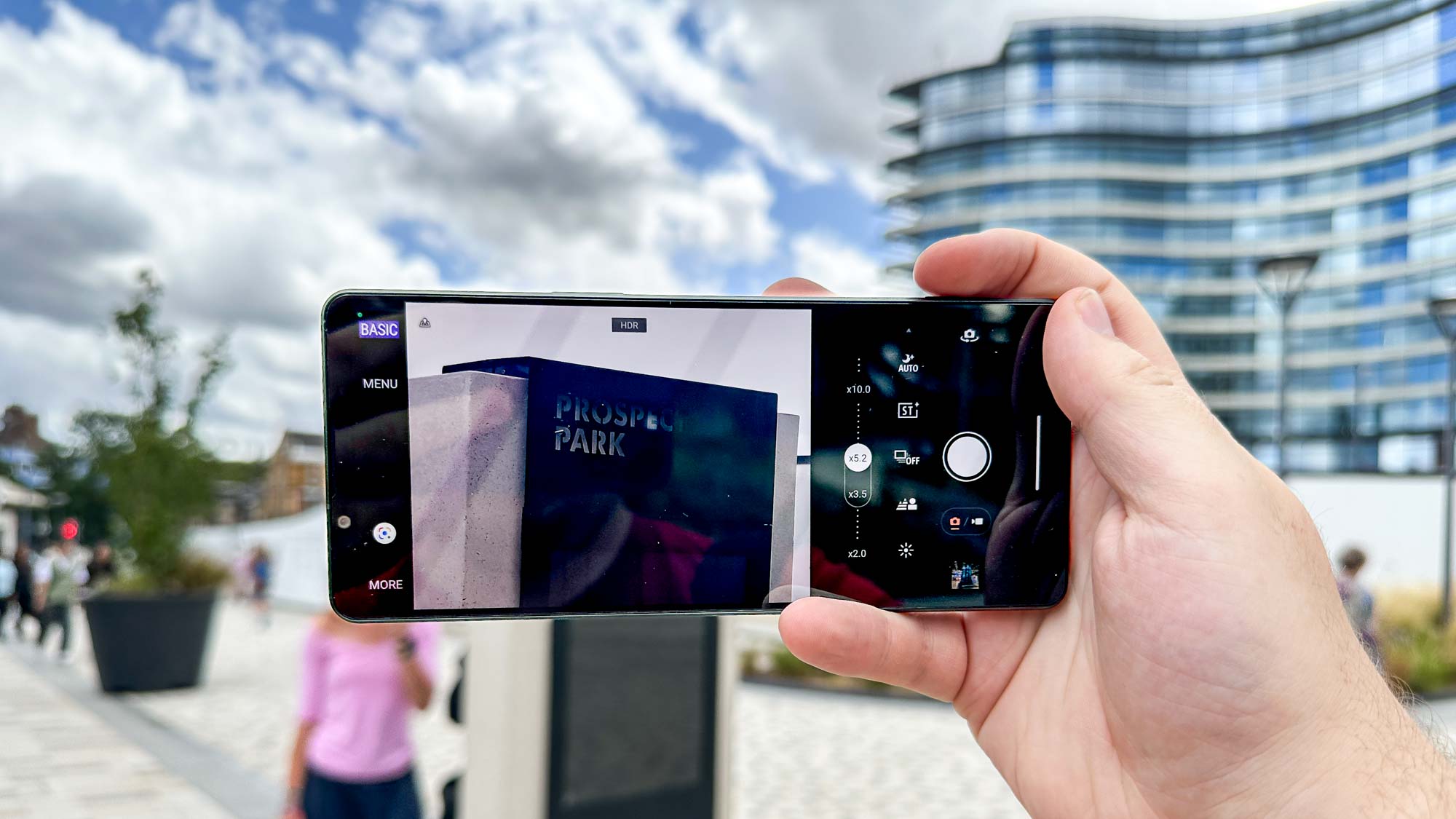
But Sony's Photography Pro app goes a step beyond other camera apps, giving you a huge amount of control over your shots if you take the stabilizers off. You can alter the camera's ISO, white balance, focus type, metering and drive modes on the fly if you instead set the camera to manual.
That's not the end of the Xperia 1 V's tricks. For instance, the zoom camera has a variable lens that lets you take between 3.5x and 5.2x zoom at full optical resolution. It's an ingenious piece of tech that major smartphone makers have not adopted.

Then there's videography. Just folding in video recording as a camera app mode wasn't enough for Sony it seems, which is why the Xperia 1 V offers both a Videography Pro app and Cinema Pro app, depending on whether you want controls in the style of a Sony XDCam or CineAlta camera.
With this now in mind, take another look at the images above. If you look at those photos and see straightforwardly drab images that you'd never want to post to social media or share with friends, then the Xperia 1 V is not the phone for you. But if instead you see these flawed images as an opportunity to tinker with settings or repair stuff in post-production, then you're exactly the kind of person Sony's looking to sell this phone to.
Sony Xperia 1 V review: Other key features
But should you buy the Xperia 1 V on the potential of its cameras alone? That requires more detail, so let's check out the Sony flagship's specs.
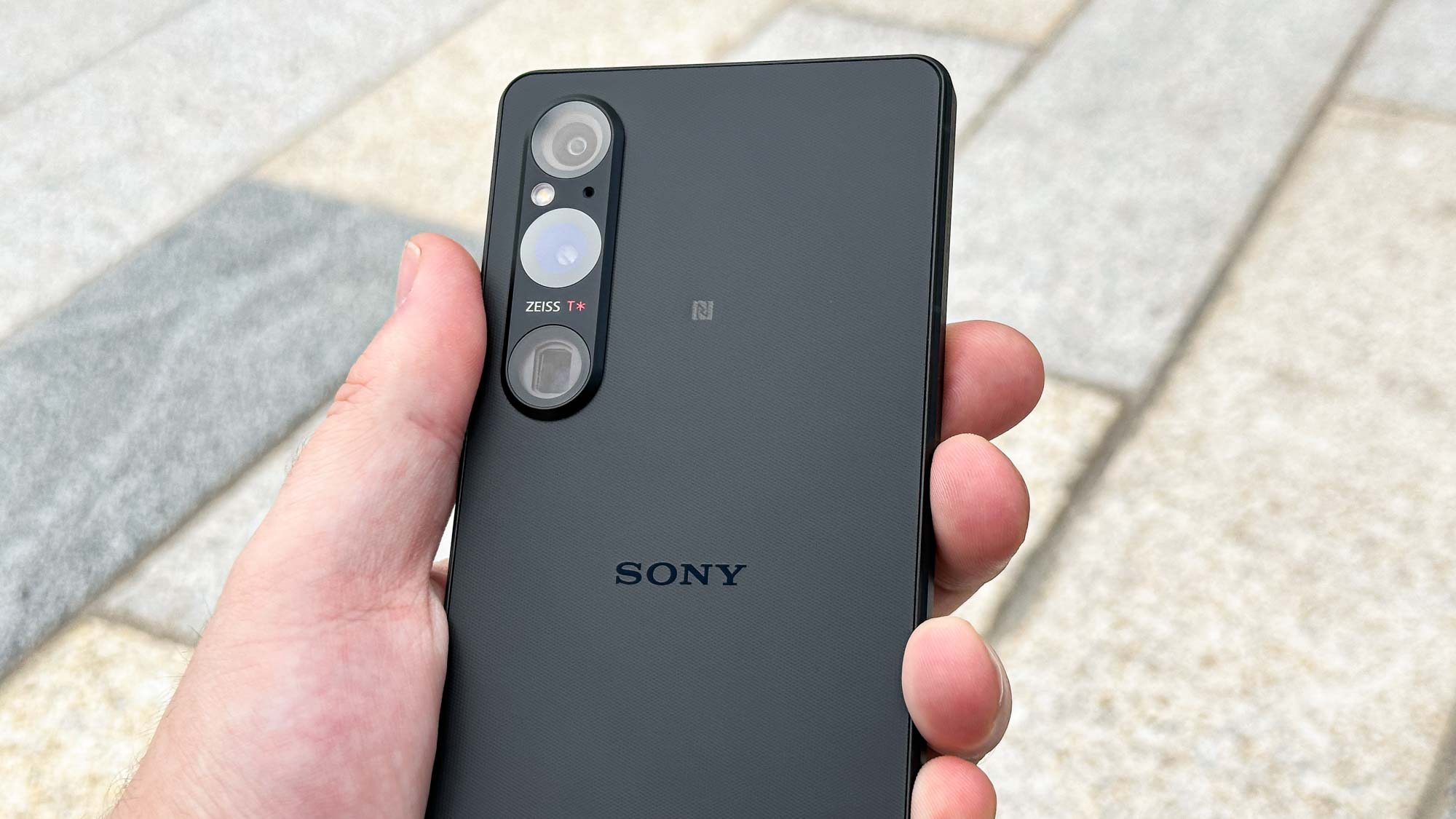
Another unique aspect of the Xperia 1 V, aside from its camera systems, is its shape. The tall and skinny 21:9 display is narrower than most other smartphones, but as a result, it is much easier to use one-handed. Video with a cinematic aspect ratio fits quite well on the 6.5-inch OLED display with its 4K resolution.
Sony claims that certifying its flagship phones as both IP68 and IP65 means they're more resistant to water. And to some extent, the phone maker has a point.
An IP65 test uses jets of water to test a phone's water resistance, while IP68 submerges the phone to at least 3 feet 3 inches (1 meter). Because submerging the phone subjects it to less water pressure than the jets do, performing both tests can be worthwhile, depending on how deep a manufacturer decides to test their phone to.
Annoyingly, while the Xperia offers a 120Hz refresh rate, it's not on by default, and when you enable the higher refresh rate, it's static. That's bad news for your battery life whenever you try to take advantage of it.
On the more positive side, the screen is clad in Gorilla Glass Victus 2, which is as tough as smartphone glass gets right now. Plus Sony has tested the Xperia 1 V to IP65 and IP68 standards, which should mean even more thorough waterproofing than standard IP68-rated phones.
Powering the Xperia is the Snapdragon 8 Gen 2 chipset with 12GB RAM, which is in line with other Android flagship phones this year. Performance-wise, the Xperia 1 V lags behind the benchmark scores of the iPhone 14 Pro Max and Galaxy S23 Ultra, but those are two very difficult opponents. Most users will find the Xperia offers more than enough oomph for their needs.
| Row 0 - Cell 0 | Sony Xperia 1 V | Samsung Galaxy S23 Ultra | iPhone 14 Pro Max |
| Geekbench 5 single-core score | 1,382 | 1,578 | 1,882 |
| Geekbench 5 multi-core score | 4,638 | 5,081 | 5,333 |
As we mentioned above, you get 256GB storage by default, but can also spec 512GB if you need it. More significantly, you can add up to 1TB of microSD storage, another rarity on modern smartphones that photography fans could find very useful. It's easy to switch cards too, since Sony uses a SIM/microSD door that you can open with just a fingernail rather than a SIM tool.
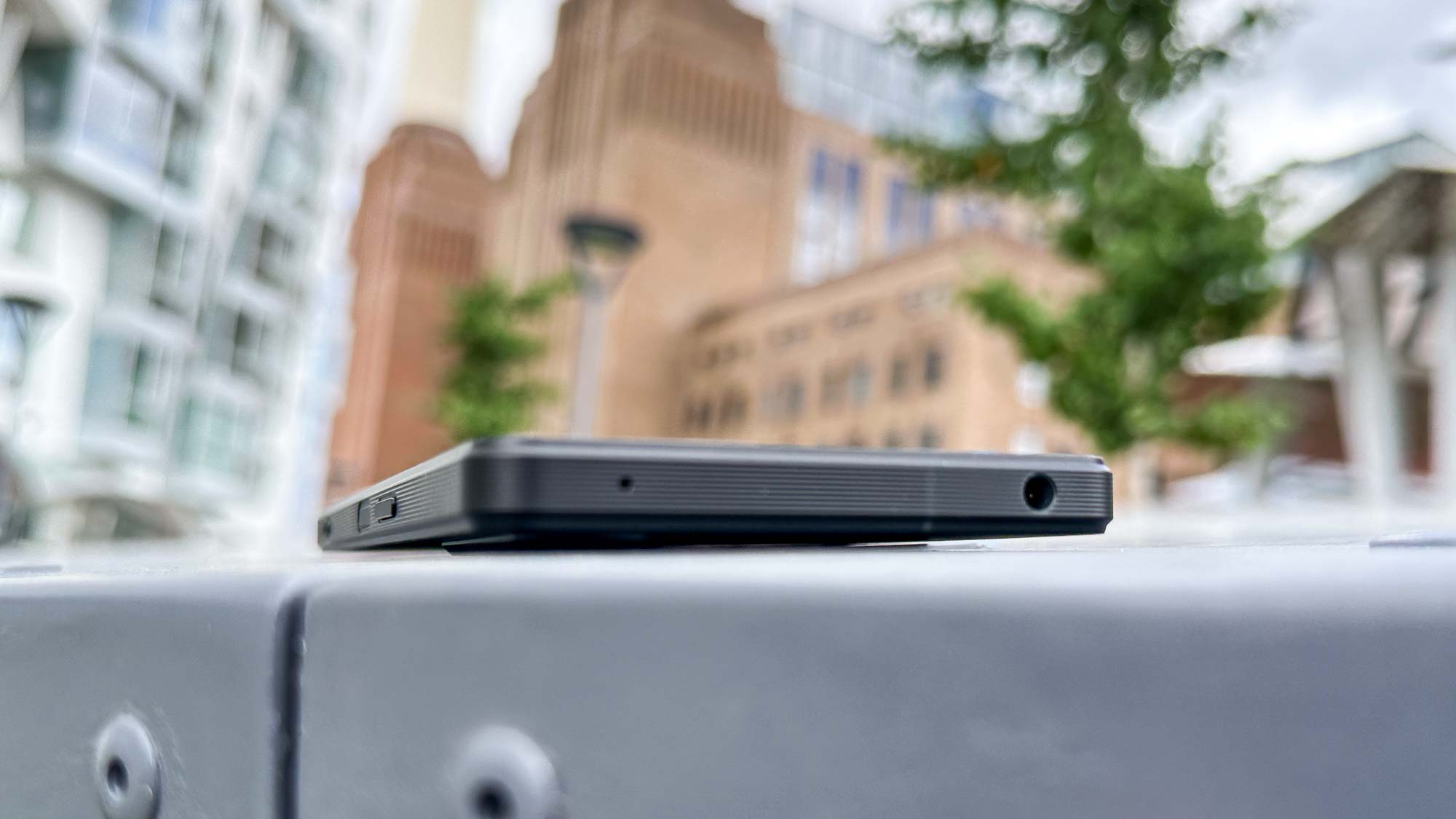
Providing power to the phone is a 5,000 mAh battery, with Sony making the unique promise that the capacity will still be at least 80% after three years of use.
You can power the cell up with 30W wired charging, although there's neither a charger nor a cable in the box. That's good for reducing your personal stack of e-waste but not handy for us to test.
Using a third-party 30W charger with the same voltage/amperage as Sony's charger, we managed to charge the Xperia to 26% in 15 minutes, and 47% in half an hour. those times aren't particularly speedy. Even the Galaxy S23 Ultra makes it to 57% after 30 minutes with its 45W charger.

Sony runs a slightly modified version of Android 13 on the Xperia 1 V, making only select changes to the interface, such as offering picture-in-picture windows for using two apps at once. It's guaranteed three years of full software updates for this phone, which is shorter than the four or five years you'd get with a Galaxy, Pixel or iPhone handset, but is still an acceptable level of updates.
Rather than go for a typical under-display fingerprint sensor, Sony's kept its security system mounted to the power button. Normally this is still a perfectly good spot for a fingerprint reader, except Sony's is still surprisingly unreliable, as I found to be the case on the Xperia 1 IV last year.
Sony Xperia 1 V review: Verdict
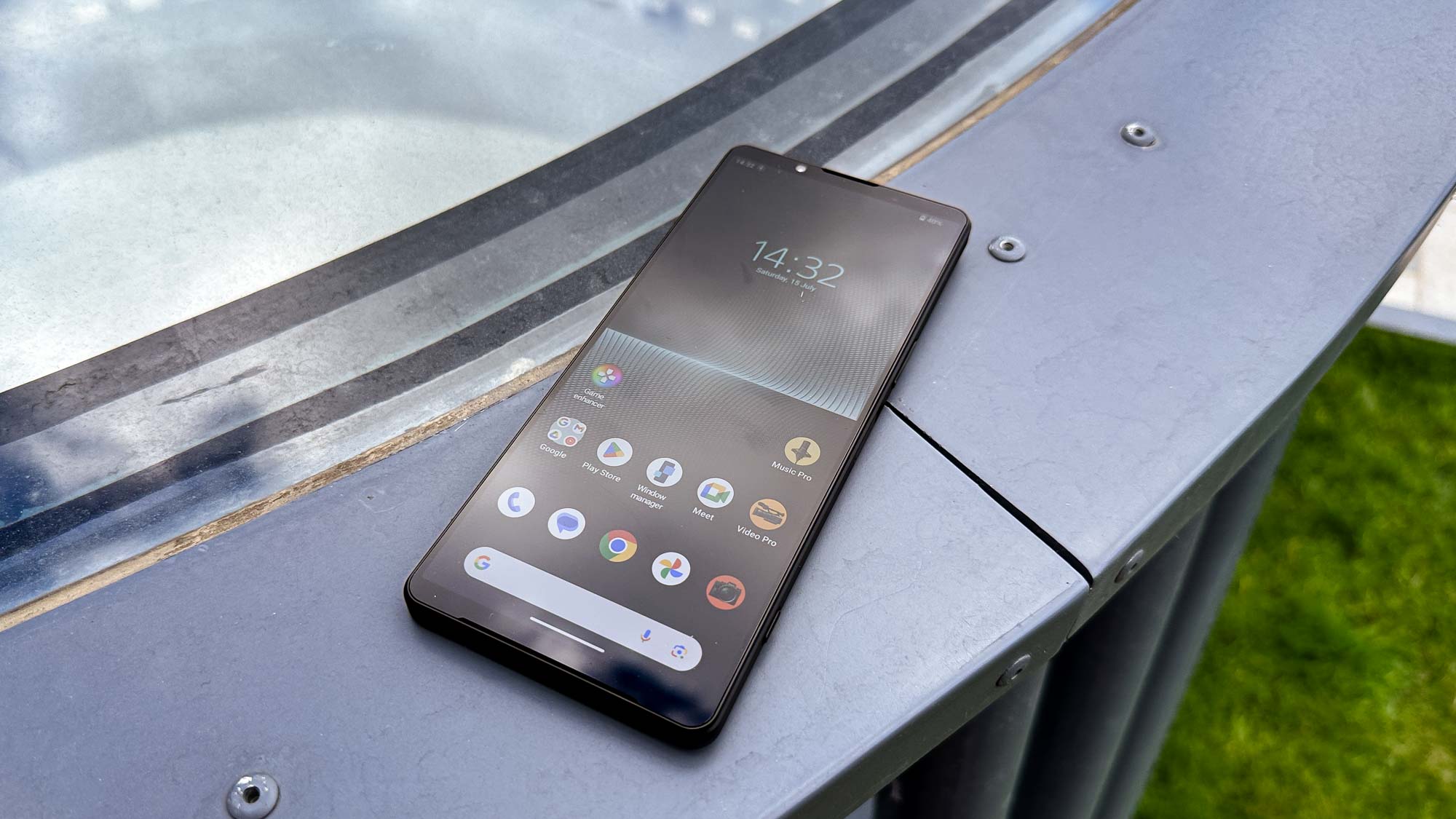
What we have with the Sony Xperia 1 V is a well-built, generously-specced phone that's very hard to recommend to most users. It's not going to be one of the best Android phones because I don't think many phone buyers are going to want what it's offering. But I also believe that some very specific users could get far more out of this phone than they could out of the top-tier iPhone, Galaxy or Pixel equivalents, thanks to the enhanced control over recording that the Xperia's camera and video apps offer, and the flat images that offer lots of freedom for editing later.
The high starting price of the Xperia 1 V does make it a tough sell. Plus the trouble the phone has with efficiently running its display at 120Hz is not something you'll find with rival phones. So while it's expensive and a little impractical, there may be no better phone for creative photographers and videographers to have in their pocket.
More from Tom's Guide
- Astrophotogray face-off: Which camera is tops at capturing the night sky?
- Navigating Android 14 is much easier if you enable this new feature
- Apple’s September event could miss out one crucial product — and that’s a shame

Richard is based in London, covering news, reviews and how-tos for phones, tablets, gaming, and whatever else people need advice on. Following on from his MA in Magazine Journalism at the University of Sheffield, he's also written for WIRED U.K., The Register and Creative Bloq. When not at work, he's likely thinking about how to brew the perfect cup of specialty coffee.
